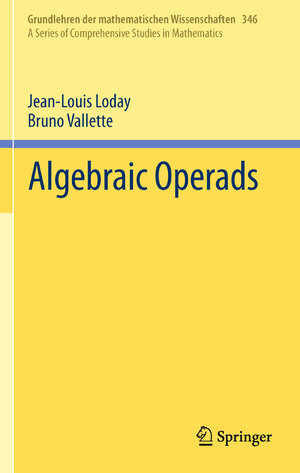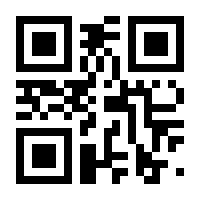
From the reviews:
“It is a welcome addition to the existing literature and will, no doubt, become a standard reference for many authors working in this quickly developing field. … it is an impressive piece of work, which gives a comprehensive account of the foundations of the theory of algebraic operads, starting from the most basic notions, such as associative algebras and modules. It will be of interest to a broad swath of mathematicians: from undergraduate students to experts in the field.” (Andrey Yu. Lazarev, Mathematical Reviews, March, 2013)In many areas of mathematics some “higher operations” are arising. These havebecome so important that several research projects refer to such expressions. Higher operationsform new types of algebras. The key to understanding and comparing them, to creating invariants of their action is operad theory. This is a point of view that is 40 years old in algebraic topology, but the new trend is its appearance in several other areas, such as algebraic geometry, mathematical physics, differential geometry, and combinatorics. The present volume is the first comprehensive and systematic approach to algebraic operads. An operad is an algebraic device that serves to study all kinds of algebras (associative, commutative, Lie, Poisson, A-infinity, etc.) from a conceptual point of view. The book presents this topic with an emphasis on Koszul duality theory. After a modern treatment of Koszul duality for associative algebras, the theory is extended to operads. Applications to homotopy algebra are given, for instance the Homotopy Transfer Theorem. Although the necessary notions of algebra are recalled, readers are expected to be familiar with elementary homological algebra. Each chapter ends with a helpful summary and exercises. A full chapter is devoted to examples, and numerous figures are included. After a low-level chapter on Algebra, accessible to (advanced) undergraduate students, the level increases gradually through the book. However, the authors have done their best to make it suitable for graduate students: three appendices review the basic results needed in order to understand the various chapters. Since higher algebra is becoming essential in several research areas like deformation theory, algebraic geometry, representation theory, differential geometry, algebraic combinatorics, and mathematical physics, the book can also be used as a reference work by researchers.






